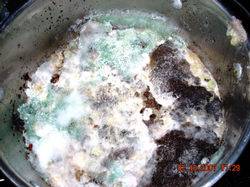NamelessCitizen
Member
Mushroom compost is not available to me locally and I need a fungal source for teas that I'm going to be feeding with later on in flowering. What can I use in place of mushroom compost? Thanks 
Nameless

Nameless

Last edited:









